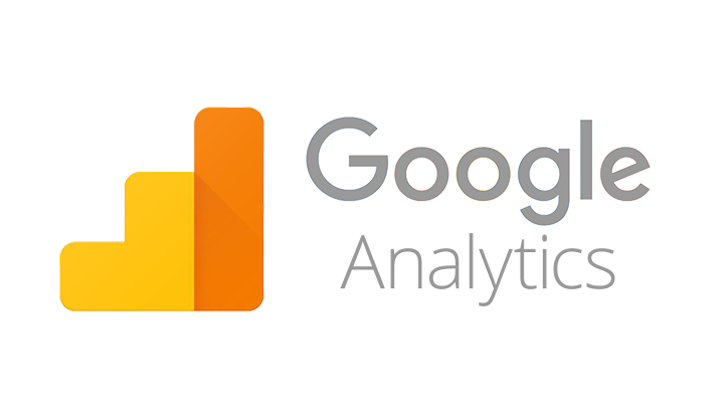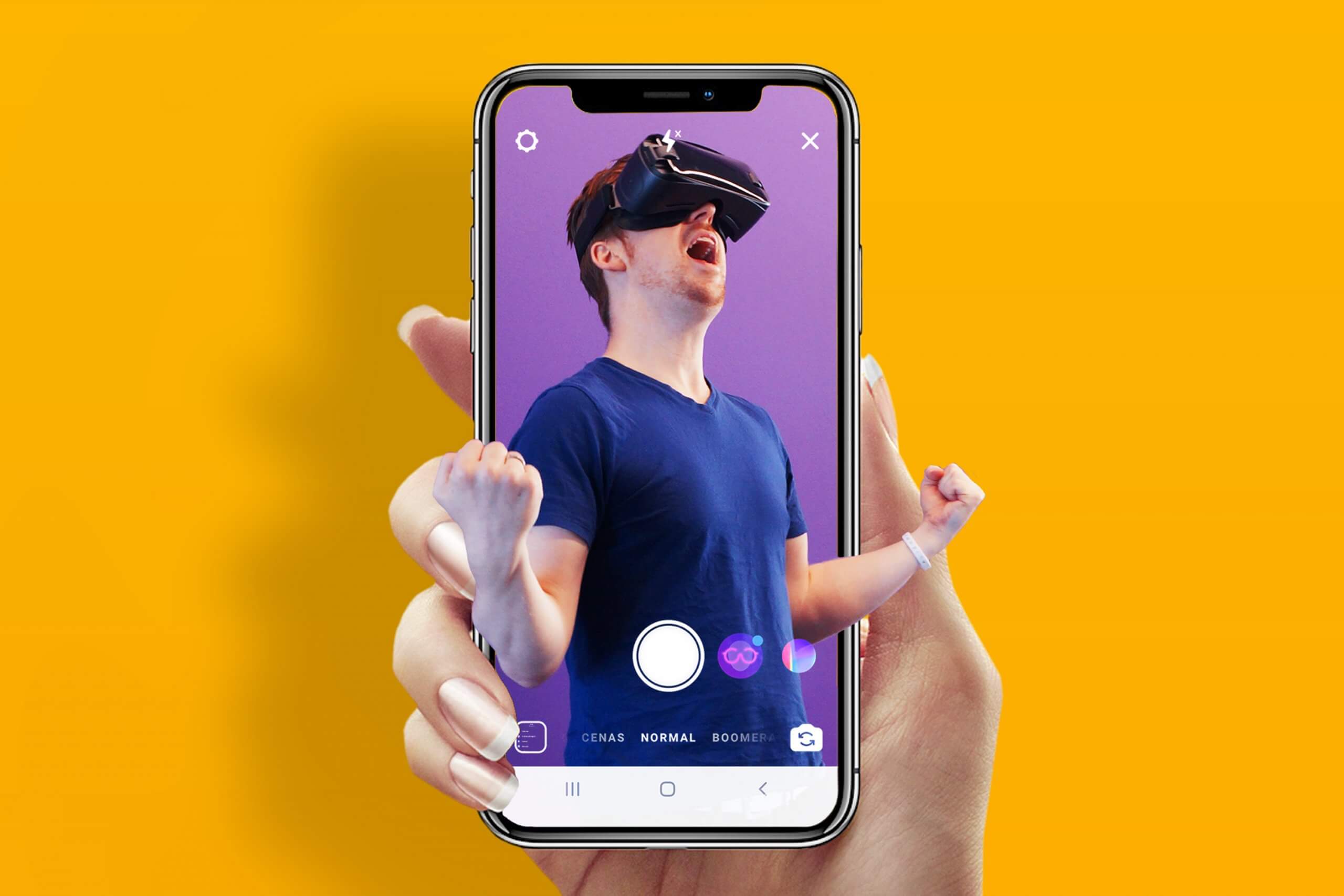Content is more often than not the first step in any marketing strategy. Whether you’re dealing with traditional marketing, digital marketing, social media marketing, or SEO, it is a known fact that content can’t be overlooked. In fact, it is a huge part of what drives brand awareness and exposure.
With 2020 throwing all of us into a whirlwind (not literally), content marketing has seen some swift and sudden changes — all in a bid to adapt to the volatile industry. It would not be a surprise if these changes continued their way to 2021. Brands should therefore remain vigilant and adaptable in order to stay relevant.
To help you, here are some content marketing trends we’ve picked out that could surface this coming year.
1. Content relevancy will replace keyword research
I know, I know. Content marketing articles everywhere have drilled into your heads (even ours) that keyword research is of the utmost importance when it comes to SEO.
Want more exposure for your article? Use the most popular keywords. Need a more captivating caption? Throw in the most-searched-for keywords.
Keyword research has driven so much of content marketing thus far, it might feel a little strange to deviate from it. However, Google will soon introduce a new system that ranks your content based on the depth of expertise, rather than other factors such as link building. It is no longer good enough to be able to create content centralised around a certain keyword — but rather, how the content fits into your website.
Backlinking may have been one of the most significant resources when it comes to optimising your SEO strategy. As Google’s machine-learning algorithm becomes smarter about semantics, this might no longer be the case. Instead, link relevancy may become obsolete.
That being said, we are certainly not encouraging you to disregard link building. Keep in mind that this is just one of many possible trends that may arise in 2021. Whether it has yet to prove its worth remains to be seen. Until then, get ready to adapt.
2. Value-driven content will stand out
In an environment where content is everywhere, consumers will not hesitate to drop mediocre content and go for the highly-valued ones. With limited time and attention span, it is up to the brands to showcase their value immediately and keep their consumers engaged.
In this sense, content marketing is often the best way to retain consumers’ attention and provide meaningful content. Currently, plenty of brands are using the tactic of giving out average content for email addresses, in hopes that these will later help in converting the visitors.
Not anymore — 2021 has decided content marketing will be the main strategy in converting potential consumers. If you want your visitors to convert, show them how your product can help address their needs, not just what it can do.
3. Original research will rise in popularity
Sure, the online sphere is already swarming with information with its archive of research content. It would be easy and convenient to push out your own content based on the existing research out there.
However, with the overflow of information, it can be difficult to determine what content is actually relevant and useful in an ever-changing landscape. Coming up with your own studies can actually give you insights into what is relevant to you which may help you more than you realise.
Not to mention, original content that is applicable to your brand may interest your consumers more than over-gargled information. You can even reach out to your consumers to engage them as thought-leaders to create such content!
This informative content can be even repurposed into bite-sized content. Be it in the form of an infographic, video, or charts, having shareable content that allows you to post on your social media platforms can help you garner even more exposure.
4. Increased use of AI
A trend that has been on the rise — be it marketing or otherwise — is that more and more robots are taking over human jobs. In the realm of digital marketing, this often refers to automation.
As technology continues improving, content creation by artificial intelligence (AI) could very well become a thing. Of course, at this level, such content may not necessarily be considered high-quality, but it is a great way for brands to push out consistent content and even increase their content production.
According to participants in a McKinsey study, 20% or more of earnings from brands of different industries are attributed to AI. Indeed, AI and machine learning will no doubt change the way companies produce content. Just as Google is evolving to prioritise content relevancy rather than keyword research, AI will become a significant part of content creation in the years to come. After all, AI is already currently being used in aspects such as content analysis, optimisation and A/B testing.
5. User experience will take on more significance
As the biggest search engine, Google has been the focus of most marketers’ efforts. Therefore to determine what trend would lead 2021, it makes sense to observe Google’s future plans. And they are looking more than ever to cater to their users.
Beyond switching their focus to content relevancy, Google is also beginning to focus more on user experience. This means factors like UI/UX design, the site load time, as well as the delivery of content (for our case, in particular) would also be heavily considered when it comes to search ranking.
Therefore, it is important to focus on the smaller details including your site’s optimisation for mobile devices, image positions and sizes, as well as personalised content. In fact, personalisation more often than not has a positive impact on user experience. So if you want to stay ahead of the game, keep your web design in mind.
6. Advent of content atomation
Content atomation basically refers to the breaking down of long-form content into smaller pieces. With many businesses still struggling to get their content out there particularly in the post-Covid era, this might just be the solution they seek.
By repurposing your primary form of content and giving it a new angle, you can keep it fun and engaging for your audience while still pushing out valuable information.
Breaking down your long-form content doesn’t necessarily have to mean that your audience will see less content than usual. In fact, it is the opposite. Your audience not only gets to sieve out the content they feel is the most interesting, they are also able to absorb the same information in a shorter amount of time — so you’re still providing value to them.
Overall, there is much for us to learn in 2021. Whichever trends arise, the most important trait is for brands to stay adaptable. For now, keep creating high-quality, value-adding content for your audience and your hard work will equally be rewarded.

























 Branding
Branding Digital Strategy
Digital Strategy PR & Communications
PR & Communications